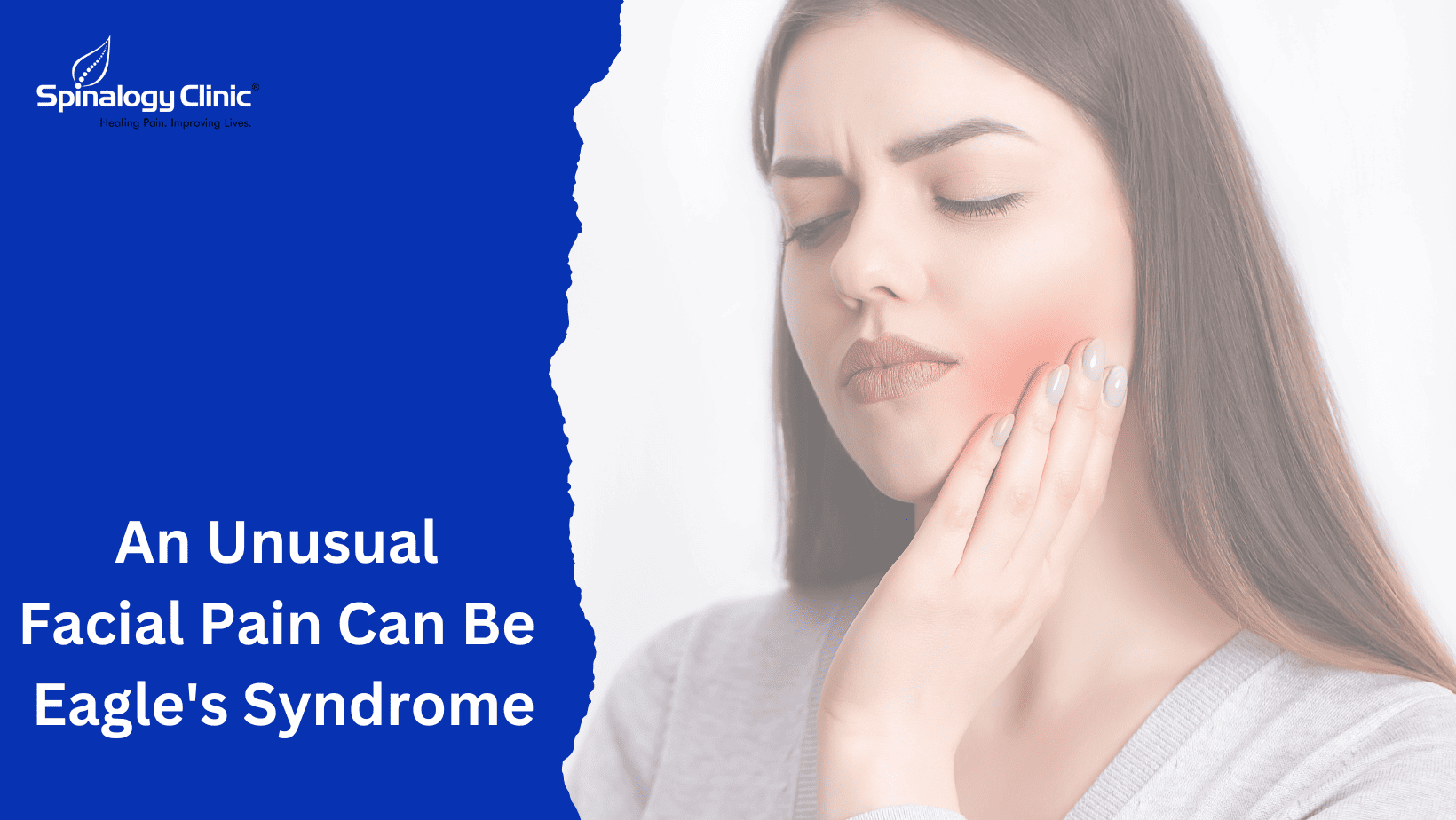Text Neck Syndrome in Children: Understanding, Prevention, and Treatment
What is "Text Neck Syndrome"?
Text neck syndrome is a complex cluster of painful symptoms resulting from repetitive stress on the neck. It occurs when we keep our heads in a forward position for long periods. This posture changes the natural curve of the cervical spine and puts tension on muscles in the neck and shoulder and the ligaments that support them.
The Impact on Children
Kids are especially prone to text neck syndrome since they are growing up in a world filled with electronic gadgets. The rise of screen usage due to online schooling and virtual social interactions during the pandemic has worsened this condition even more.
Kids’ growing musculoskeletal systems are more sensitive to the impacts of bad posture, and the results can be serious over time. It's very important for parents and those who care for children to understand the indications and symptoms of text neck syndrome in them.
Signs and Symptoms
Text neck syndrome can manifest through various signs and symptoms, including:
- Sharp or nagging pain in the neck and shoulders
- Stiffness/tightness in shoulders and neck, leading to decreased range of motion
- Intermittent or constant headaches
- Nerve pain with tingling and numbness in the upper limbs
Exercises for Prevention and Relief
Engaging in simple exercises can help prevent and alleviate text neck syndrome:
- Chin tuck: Sit up straight and slightly pull in the chin, making a double chin. Maintain the position for 5 seconds, and redo it 30 times.
- Scapular retraction: Sit straight and tense muscles in the middle of your back. Gently press them together. Keep this for 5 seconds and do it again for 30 times.
- Pectoralis stretch: Put your hand on the door frame at shoulder height, and lean forward until you feel a stretch in your chest. Keep for 30 seconds, and do it again 3 times on each side.
- Foam Rolling: Foam rolling series for upper back and anterior shoulder mobility.
Promoting Proper Posture
Also, promoting correct posture and habits of using devices may assist in stopping text neck syndrome among children.
- Teach them to hold their mobile device at eye level
- Remind them to slightly tuck their chin and roll their shoulder blades backward
- Encourage breaks from devices every 15 minutes
- Set reminders for them to shift positions
- Encourage them to put the device on a table rather than holding it or placing it on the floor
The Role of Physical Therapy
In case text neck syndrome continues physical therapy may be a crucial step for treatment.
Treatment plans include hands-on therapy and corrective exercises for reducing spinal forces, strengthening inhibited muscles, and elongating tight shortened muscles. Personal treatment sessions provide one-on-one care to children, resulting in quicker outcomes and less treatment duration.
Parental Involvement
Parents have an important part in stopping and handle text neck syndrome in their kids. They can show good posture and way of using devices, which creates a behavior model for their children. Suggesting they take frequent rests and do some physical activity could balance out the impact of using devices too much.
It's important for parents to carefully watch their kids and, if they see any signals or indications of text neck syndrome, seek expert assistance. By working together, parents and healthcare professionals can help children maintain good posture and prevent the painful effects of text neck syndrome.
Conclusion
Text neck syndrome, a condition that affects the neck and upper spine due to prolonged use of phones and other electronic devices, is becoming more common among children in this digital era. The global pandemic of COVID-19 has made matters worse, as have online learning and increased screen time at home.
By knowing why text neck happens as well as its signs and symptoms, parents can be proactive in stopping or managing this syndrome for their children too. Using easy exercises, promoting the right body position, and involving Doctors when necessary, will help kids keep good health for their bones and muscles while avoiding future problems from bad posture.

_1746449195_1751827240.png)


